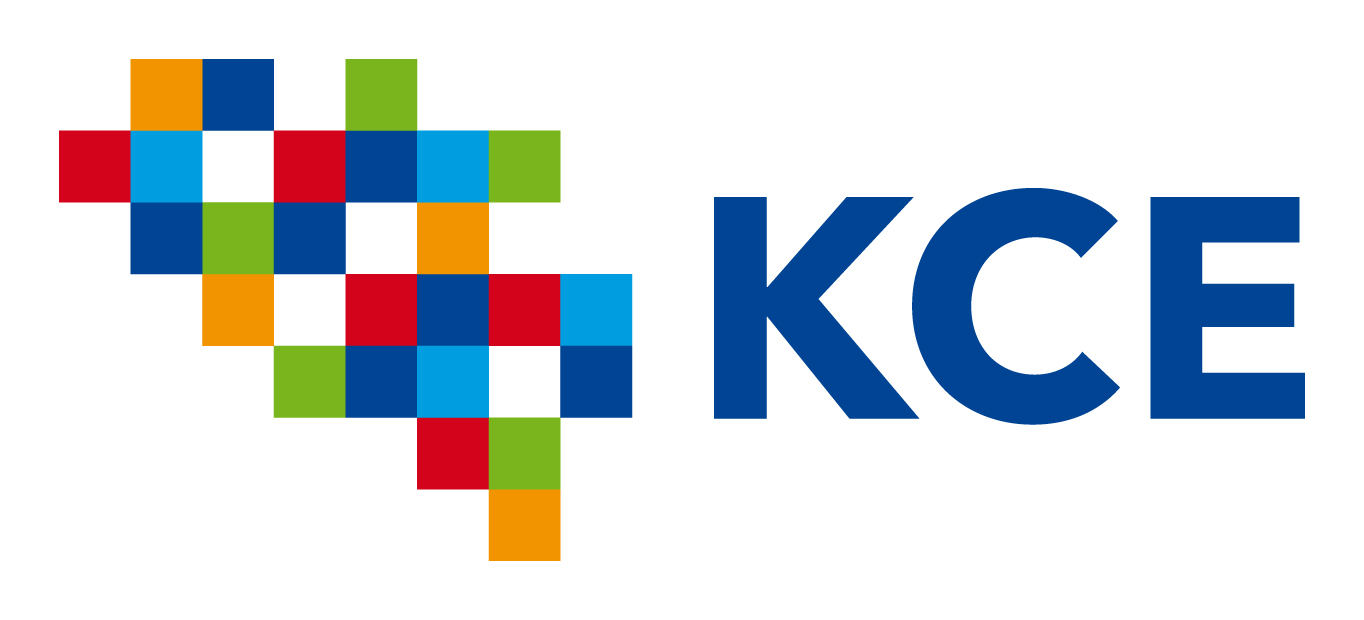Sample & Test
While HIV and hepatitis screening requires only venous blood sampling, the diagnosis of infections such as gonorrhea, chlamydia and syphilis requires sampling based on the anatomical site at risk. Sampling also varies if the patient is male or female.
Caution: Never mix samples if more than one sample is taken. Identify each sample separately.
If a patient needs to be referred to the 2nd line, the best option is to refer them to an STI clinic or a HIV reference centre (click here).
Which test should you request?
- NAAT (Nucleic-acide amplification test)
Caution: NAAT may be negative in the first 2 weeks after risk contact, meaning there is a risk of false negative during this time frame.
- In case of suspicious symptomatic gonorrhoea, take both a NAAT and culture BEFORE treatment is started.
Caution: in some cases, treatment must be initiated without waiting for the test results. Does this apply to your patient? Click HERE
Which sample should you take?
WOMAN
- IF vaginal sex: vaginal swab (self-taken or clinician-collected) OR first-void urine
- IF oral sex: throat swab
- IF anal sex: anorectal swab
- IF woman with high risk sexual behaviour: all three sites
MAN
- IF insertive position:
- IF oral sex: throat swab
- IF anal sex: anorectal swab
MSM
- all three sites
Caution: Swabs for NAAT should be synthetic. Other materials (e.g. cotton wool, wood) might inhibit testing.
Which test should you request?
- NAAT (Nucleic-acide amplification test)
NB: NAAT may be negative in the first 2 weeks after risk contact, meaning there is a risk of false negative during this time frame.
Caution: in some cases, treatment must be initiated without waiting for the test results. Does this apply to your patient? Click HERE
Which sample should you take?
WOMAN
- IF vaginal sex: vaginal swab (self-taken or clinician-collected) OR first-void urine
- IF oral sex: throat swab
- IF anal sex: anorectal swab
NB: A positive anorectal chlamydia should be tested for LGV by genotyping in women only when presenting with proctitis symptoms (same sample). - IF woman with sexual high risk sexual behaviour: all three sites
MAN
- IF insertive position:
- IF oral sex: throat swab
- IF anal sex: anorectal swab
NB: A positive anorectal chlamydia should be tested for LGV by genotyping in all men (same sample).
MSM
- all three sites
Caution: Swabs for NAAT should be synthetic. Other materials (e.g. cotton wool, wood) might inhibit testing.
Which test should you request?
- NAAT (Nucleic-acide amplification test)
Caution: NAAT may be negative in the first 2 weeks after risk contact, meaning there is a risk of false negative during this time frame. - In case of suspicious symptomatic gonorrhoea, take both a NAAT and culture BEFORE treatment is started.
Which sample should you take?
WOMAN:
- IF vaginal sex: vaginal swab (self-taken or clinician-collected) OR first-void urine
- IF oral sex: throat swab
- IF anal sex: anorectal swab
NB: A positive anorectal chlamydia should be tested for LGV by genotyping in women only when presenting with proctitis symptoms (same sample). - IF woman with high risk sexual behaviour: all three sites
MAN:
- IF insertive position:
- IF oral sex: throat swab
- IF anal sex: anorectal swab
NB: A positive anorectal chlamydia should be tested for LGV by genotyping in all men (same sample).
MSM:
- all three sites
Caution: Swabs for NAAT should be synthetic. Other materials (e.g. cotton wool, wood) might inhibit testing.
Serology tests
Each laboratory chooses its own diagnostic algorithm. However, be sure to ask for a combination of:
- treponemal tests (TPPA, FTA…)
- AND non-treponemal tests (VDRL, RPR)
Provide laboratory with all relevant information from the patient’s history and clinical diagnosis regarding symptoms, stage of infection, previous infection, HIV status, pregnancy and risk behaviours.
Waiting time: after sending samples to a laboratory, results could take 3 to 7 days.
Caution: Serology can be negative up to 6 weeks after risk contact and the result may be falsely negative.
IF ulcer: swab (NAAT analysis only performed at the National Reference Centre – Sexually Transmitted Infections)
Caution: in some cases, treatment must be initiated without waiting for the test results. Does this apply to your patient? Click HERE
Serological tests
- HIV Ab/Ag serology test
Caution: Serology can be negative up to 6 weeks after risk contact, meaning there is a risk of false negative during this time frame.
Serological tests
- Anti-HAV Ig-total
Serological tests
- Antigen HBsAg
- Anti-HBs antibody
- Anti-HBc antibody
When HBsAg is positive, the patient needs further serological tests (2nd line).
Serological tests
- anti-HCV antibodies
If the test is positive, refer to a hepatologist unless the patient is known to have been infected and successfully treated in the past (antibodies stay positive).

